Stories
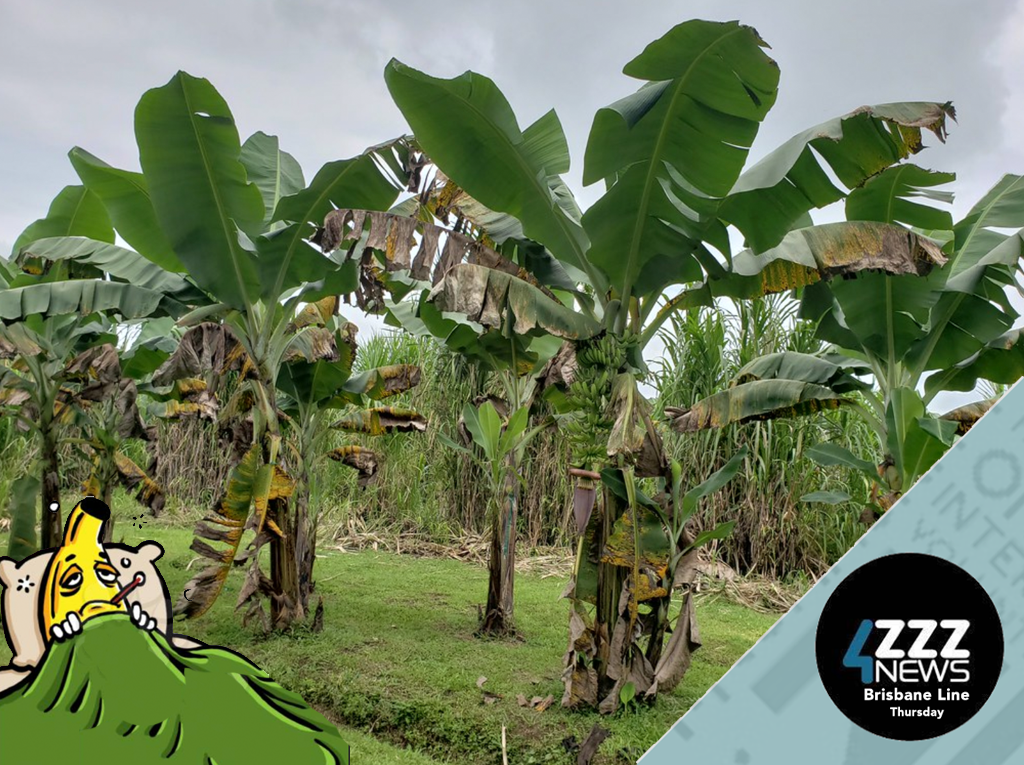
Dodging Banana Diseases and Monoculture Farming Challenges
Many of us grab a banana for a quick snack, however have you ever considered what exotic diseases could wipe out our favourite fruit overnight? It’s happened before… once in the 1950’s.
A new report from the Queensland Alliance for Agriculture and Food Innovation reveals that investing in disease prevention could save the Australian banana industry over $52 million, all the while shining a light on the dangers of monoculture farming.
4ZZZ's Eliot Rifkin chatted about dodging banana threats and building a resilient future for bananas with Professor Andrew Geering from UQ's Queensland Alliance for Agriculture and Food Innovation (QAAFI).
For a deep dive...
Here's the link to Professor Andrew Geering's bio and published works, as well as the Queensland Alliance for Agriculture and Food Innovation (QAAFI) and their recent report "Dodging banana diseases is value for money".
Two of the plant pathological societies are: Australasian Plant Pathology Society and the International Society for Plant Pathology where you can learn more about exotic diseases that biosecurity protects our agriculture industry from.
If you'd like to diagnose whether your backyard bananas are infected, here are some of the exotic diseases of concern and impact to Queensland's banana industry:
- Panama disease tropical race 4 (Panama TR4)
- Panama (Fusima Wilt) Race 1
- Yellow Sigatoka
- Black Sigatoka
- Banana bunchy top
- Blood and moko diseases of banana
Gros Michel bananas were, until the 1950s, the main banana variety grown. The physical properties of the Gros Michel made it an excellent export produce due to its thick peel which made it resilient to bruising during transport as well as its dense bunches which made it easy to ship. However, due to its vulnerability to Panama disease and possibly monoculture farming, it has been almost entirely replaced in the banana industry by the Cavendish cultivar. To gain insight into Monoculture Farming... here's an article "Advantages and Disadvantages of monoculture farming".
Here are two historical papers on the impact of banana diseases on Australian agriculture: "The untold history of banana bunchy top disease" and Joseph Bancroft’s discovery of Fusarium Wilt of banana.
...and lastly, if you identify any of these disease threats, here are the places where you can report it:
Zedlines
ZEDLINES, TUESDAY 9 DECEMBER 2025, 11AM
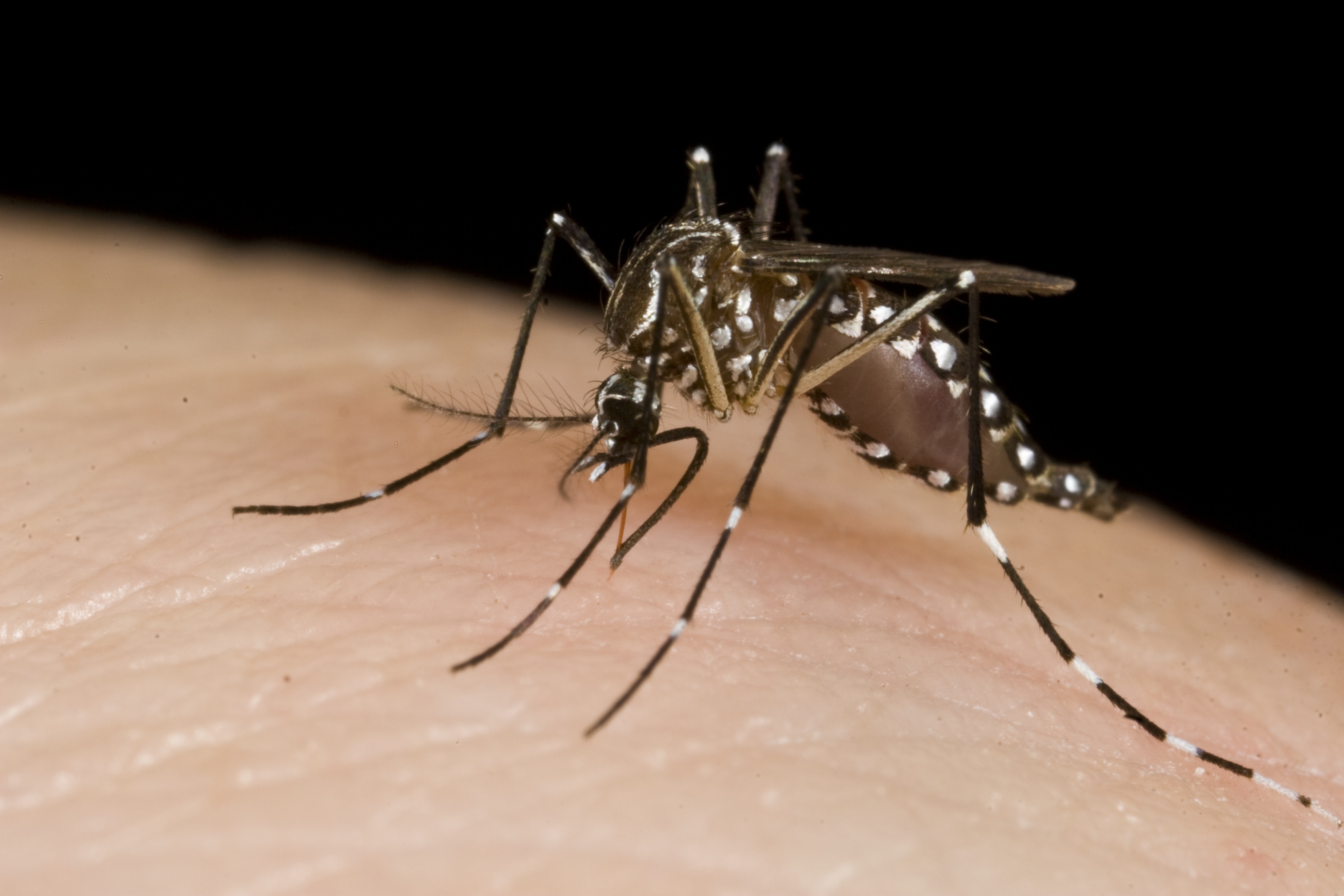
Your 11AM Zedlines with Max and Jaz
ZEDLINES, TUESDAY 9 DECEMBER 2025, 9AM
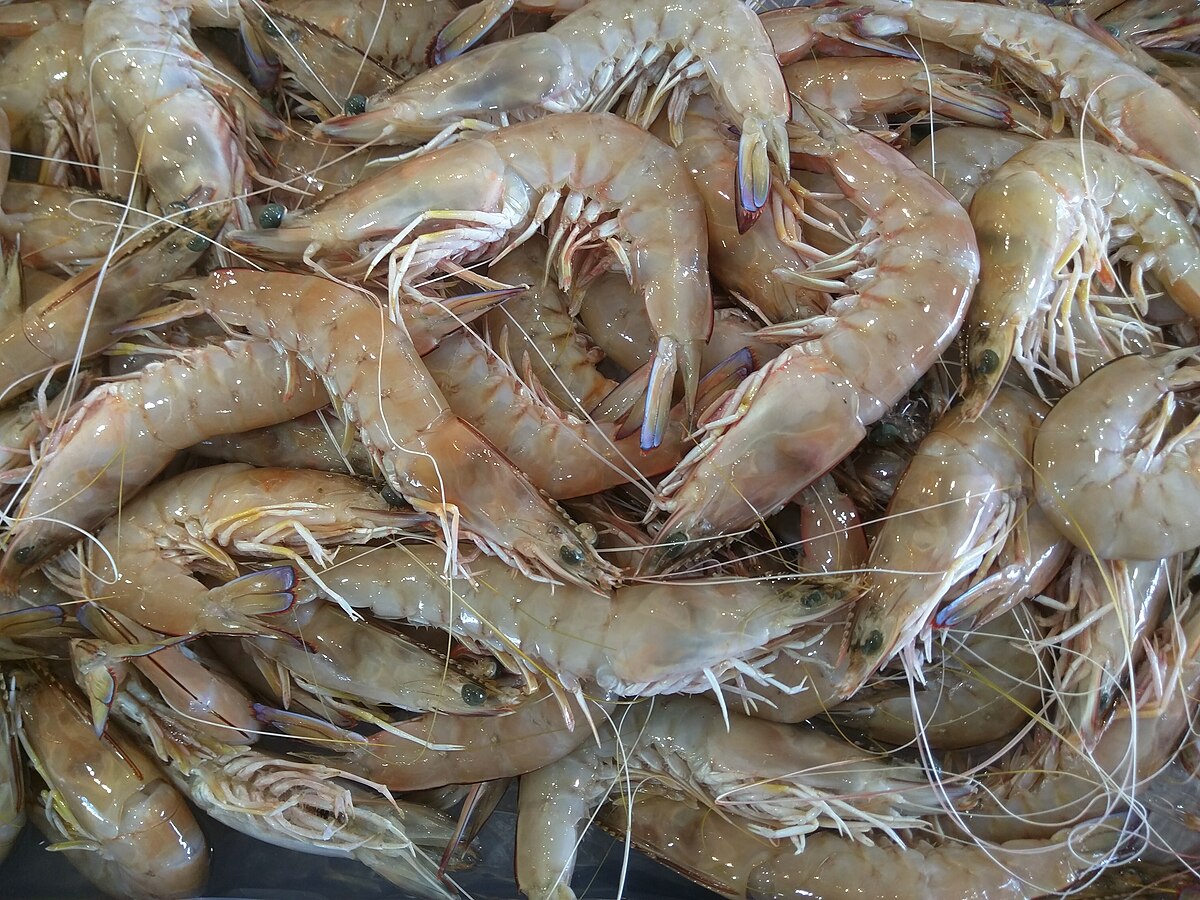
Your 9AM Zedlines with Max, Jaz and Annisa
ZEDLINES, TUESDAY 9 DECEMBER 2025, 10AM
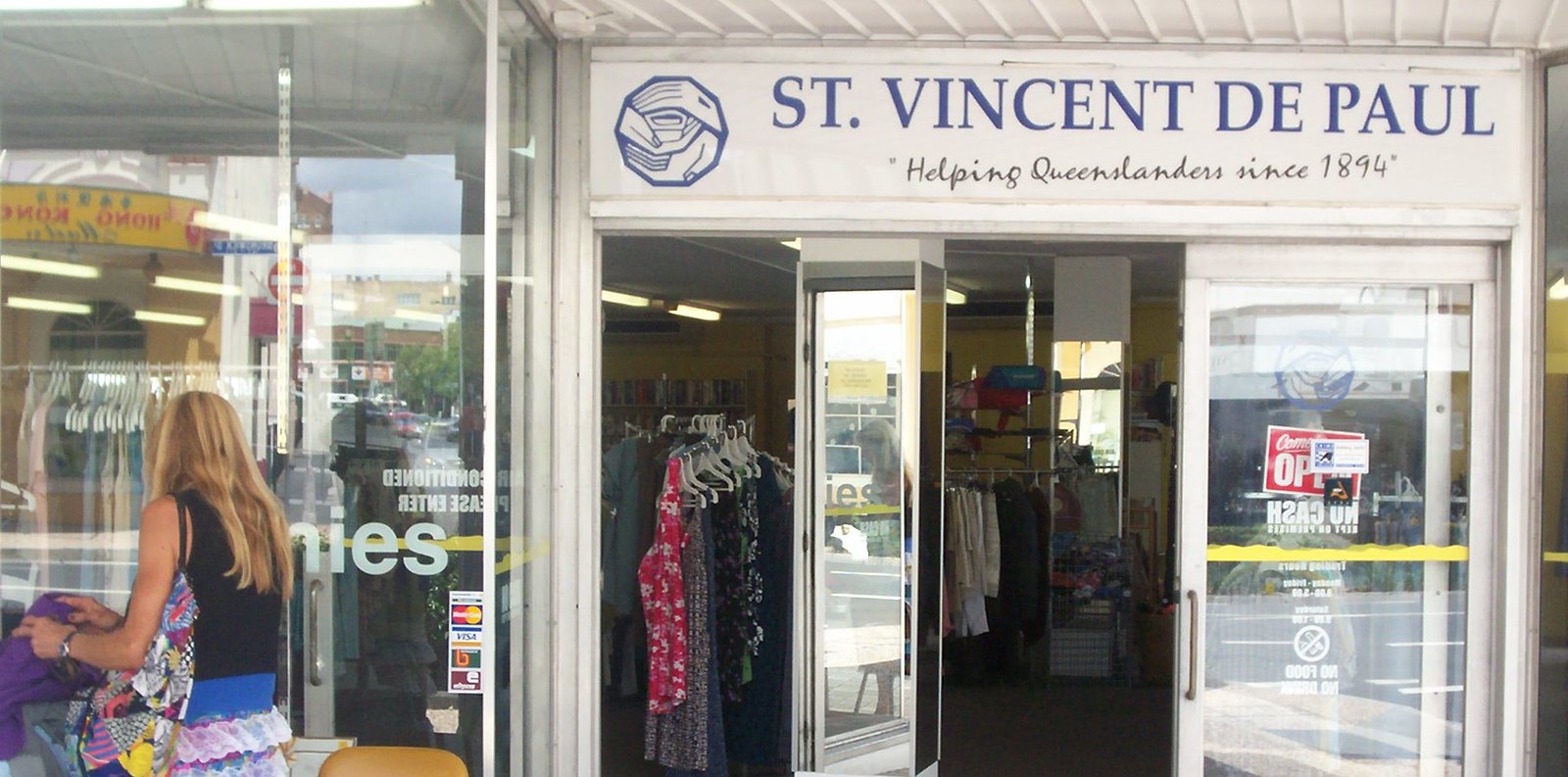
Your 10AM Zedlines with Max and Jaz
ZEDLINES, MONDAY 8 DECEMBER 2025, 10AM
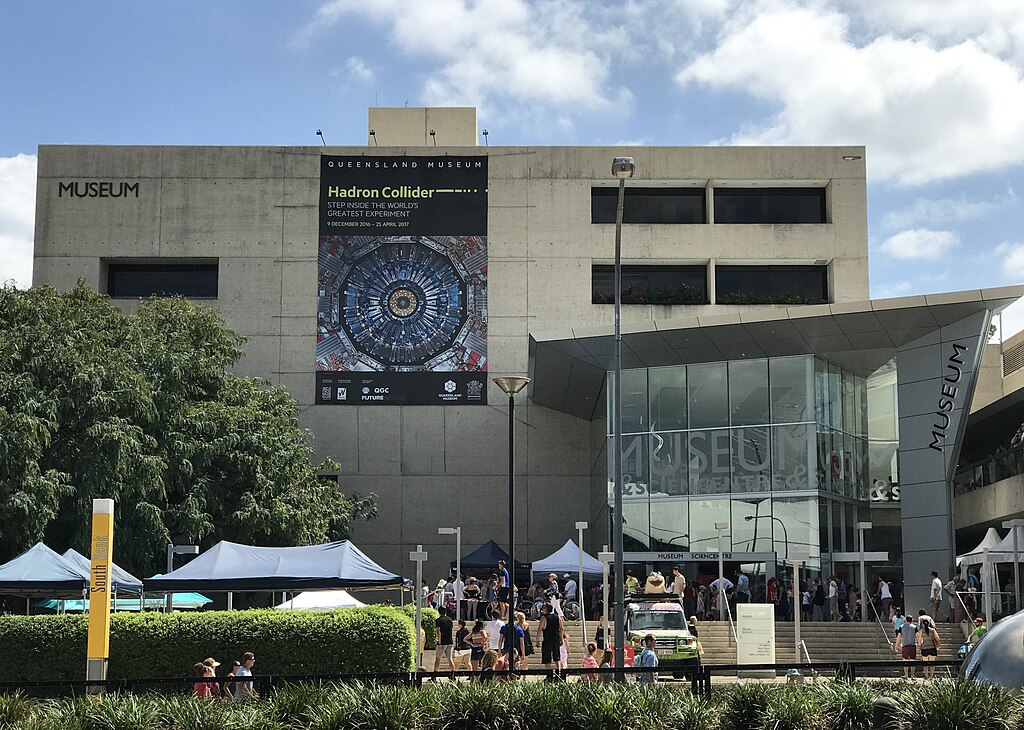
Your 10AM Zedlines with Mack and Eve
ZEDLINES, MONDAY 8 DECEMBER 2025, 9AM
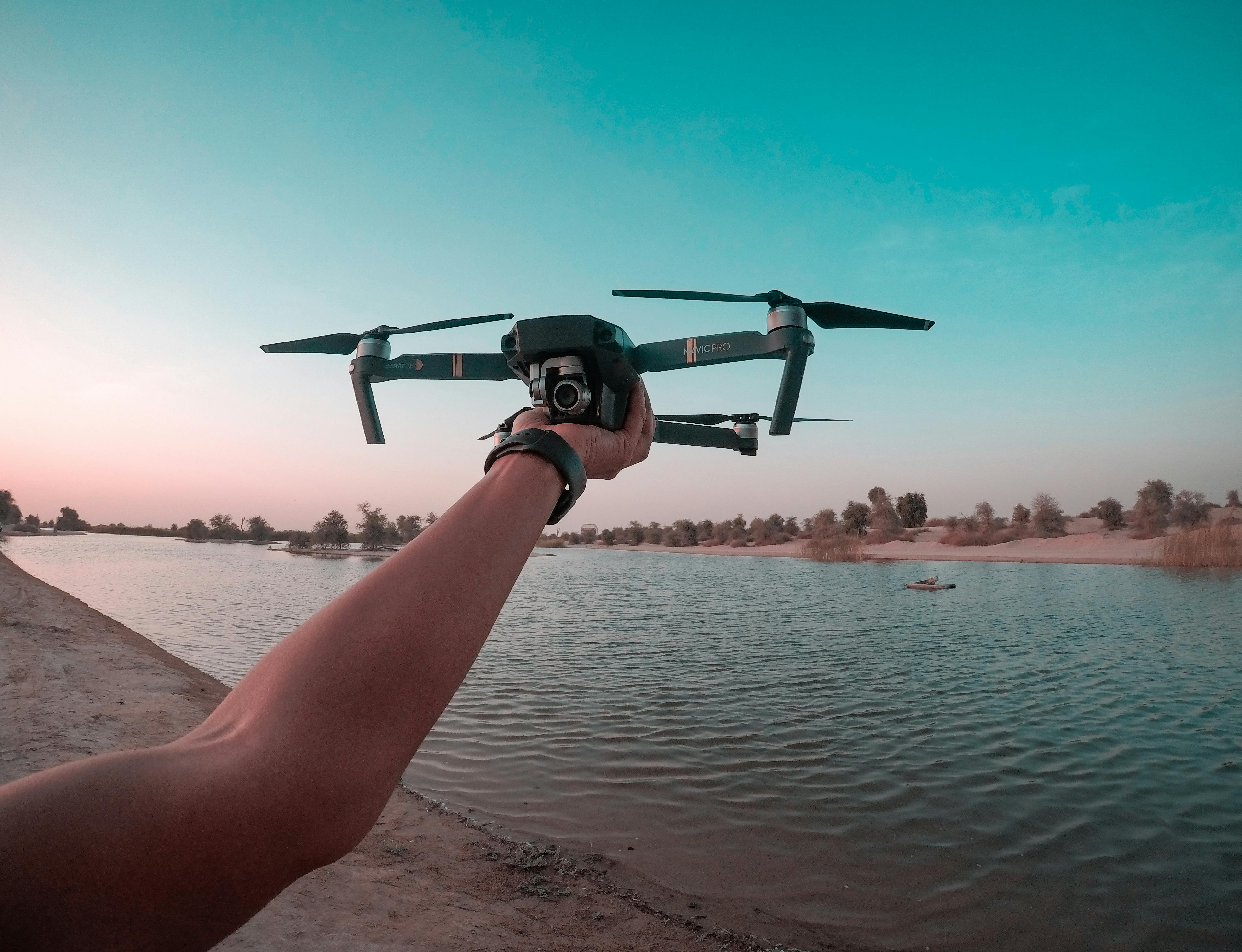
Your 9AM Zedlines with Eve and Mack
ZEDLINES, MONDAY 8 DECEMBER 2025, 8AM
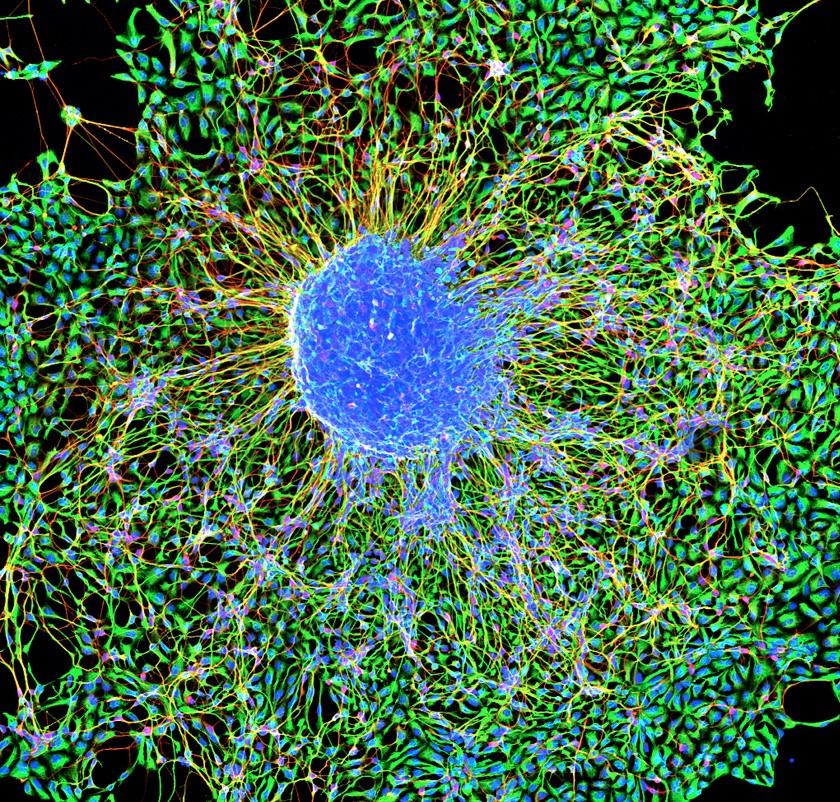
Your 8AM Zedlines with Even and Ruby
ZEDLINES, FRIDAY 5 DECEMBER 2025, 11AM
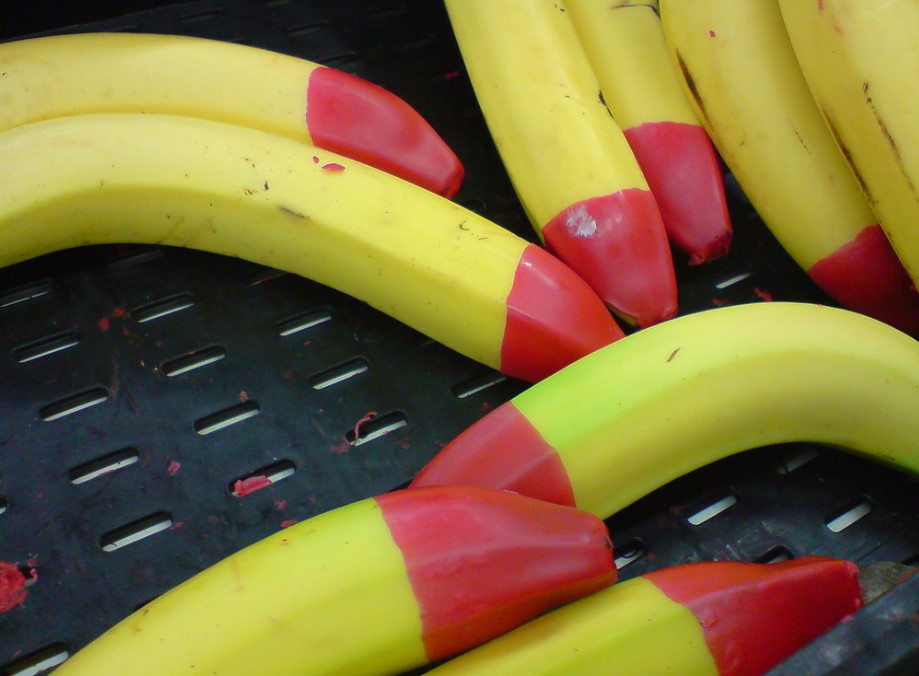
Your 11AM Zedlines with Chelsea and Toby
Image Credit: https://www.flickr.com/photos/kalleboo/2130876748
ZEDLINES, FRIDAY 5 DECEMBER 2025, 10AM
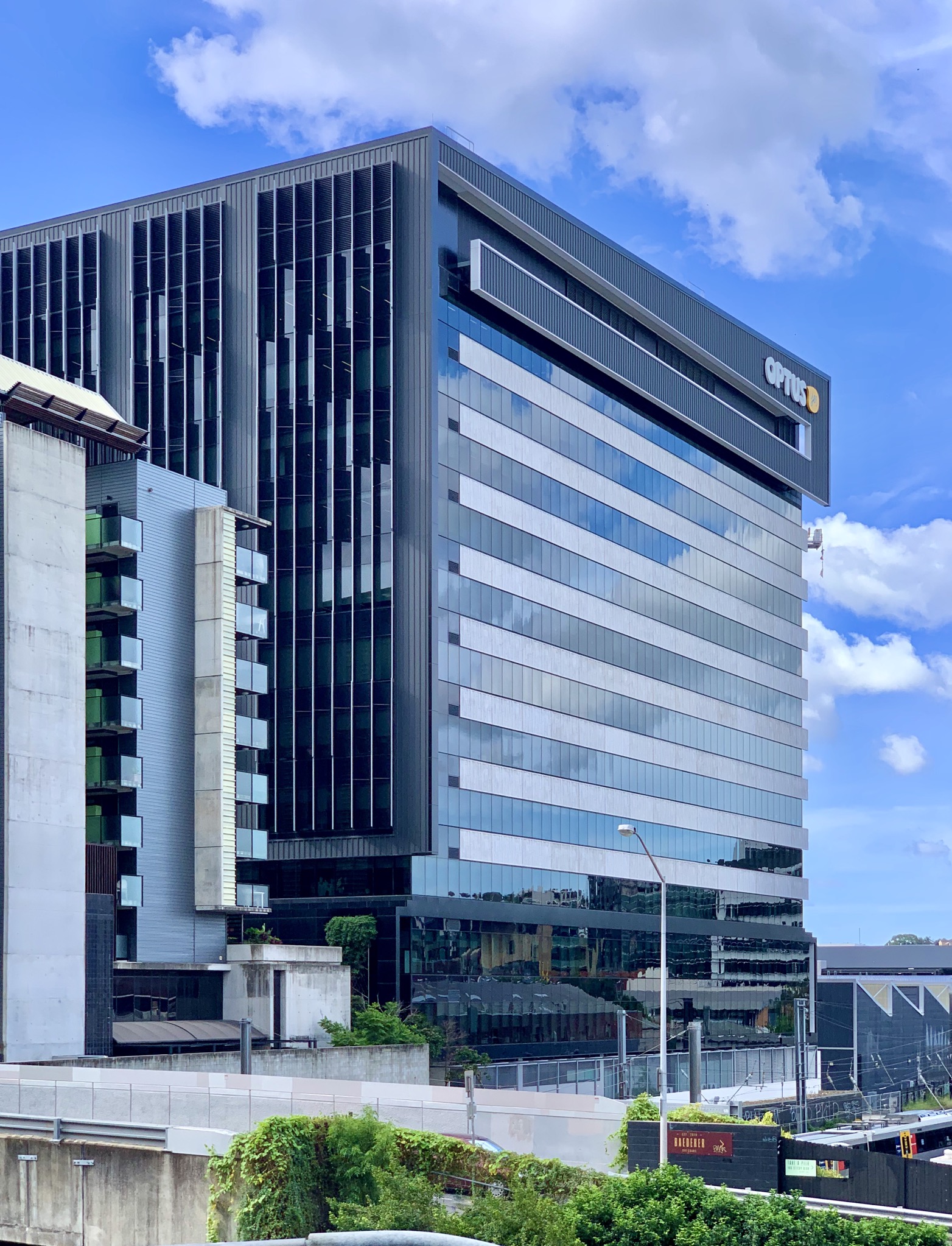
Your 10AM Zedlines with Izzy, Toby and Chelsea
ZEDLINES, FRIDAY 5 DECEMBER 2025, 9AM

Your 9AM Zedlines with Toby, Izzy and Chelsea
ZEDLINES, FRIDAY 5 DECEMBER 2025, 8AM
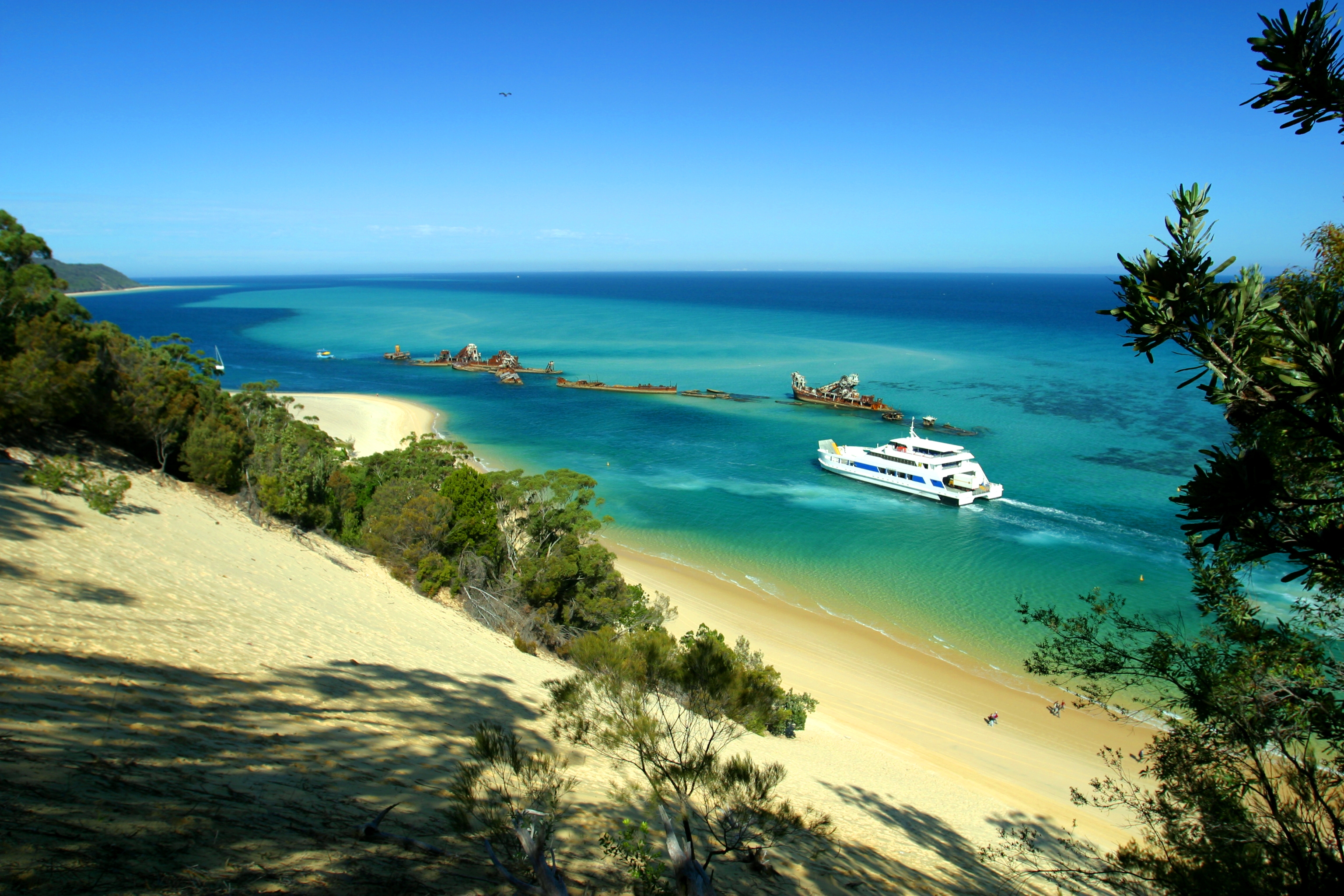
Your 8AM Zedlines with Chelsea, Toby and Izzy
ZEDLINES, THURSDAY 4 DECEMBER 2025, 11AM

Your 11AM Zedlines with Annabel, Deana and Jon
ZEDLINES, THURSDAY 4 DECEMBER 2025, 10AM
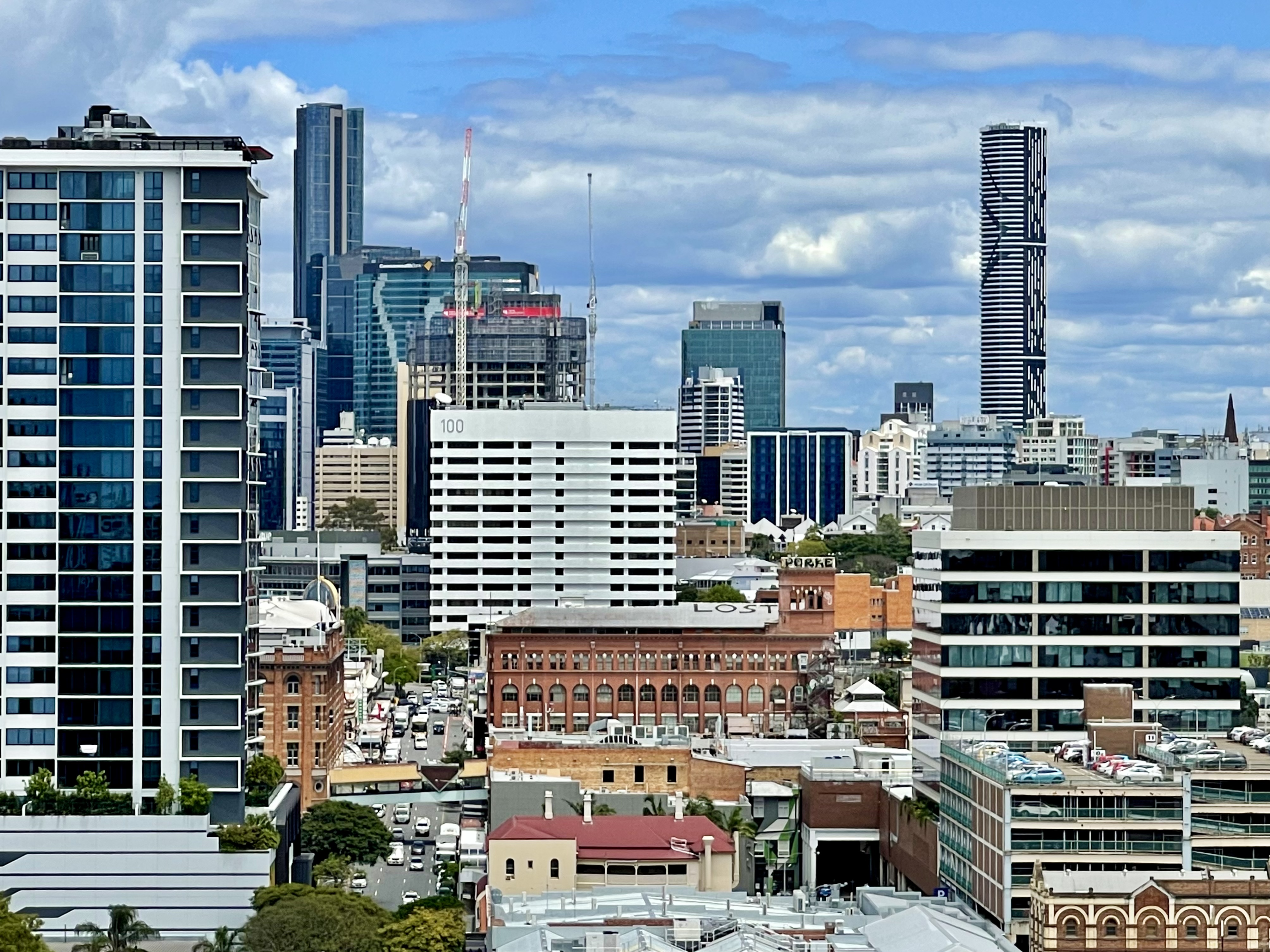
Your 10AM Zedlines with Jon and Deana
ZEDLINES, THURSDAY 4 DECEMBER 2025, 9AM
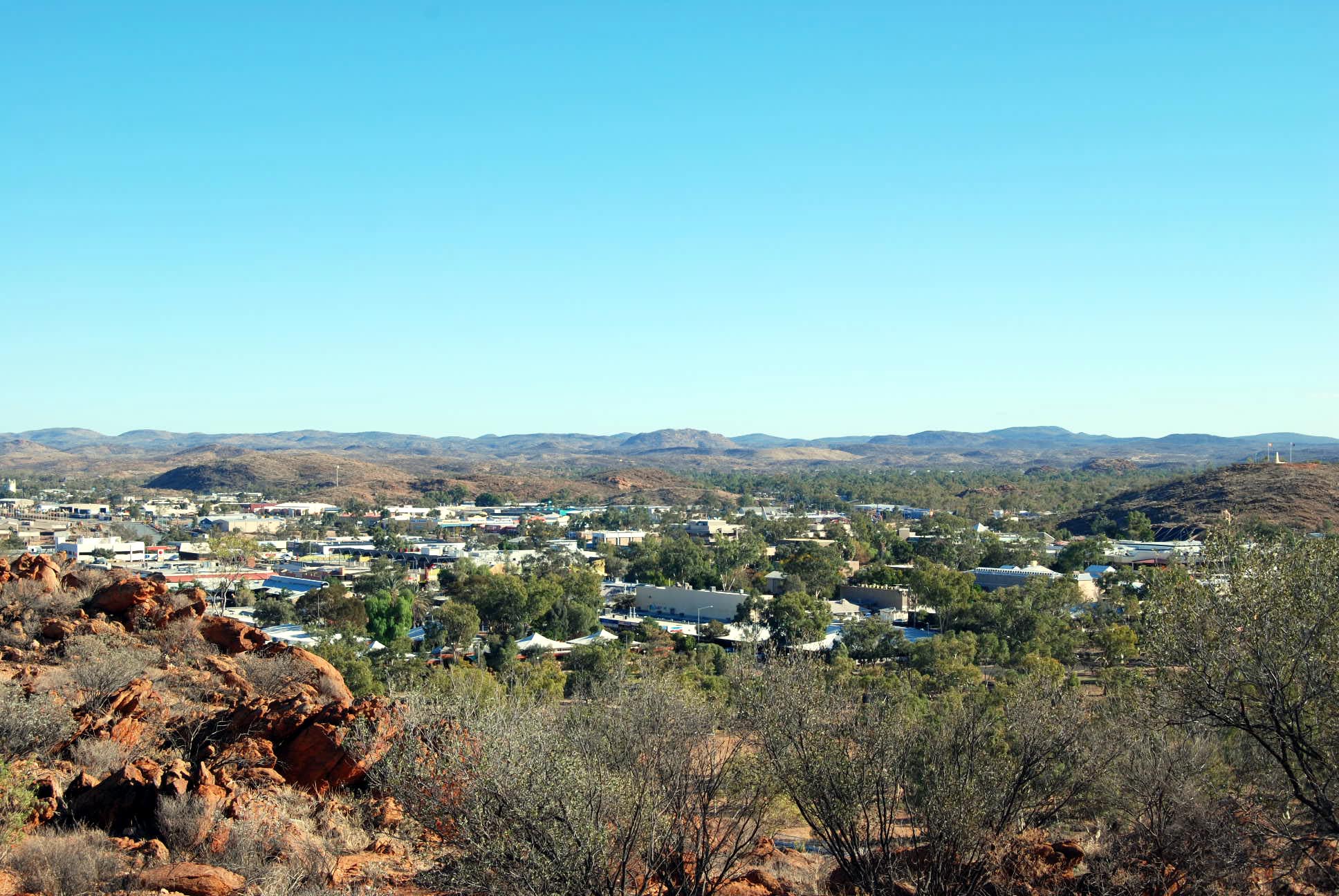
Your 9AM Zedlines with Deana and Annabel
ZEDLINES, THURSDAY 4 DECEMBER 2025, 8AM

Your 8AM Zedlines with Jon and Annabel
ZEDLINES, WEDNESDAY 3 DECEMBER 2025, 10AM

Your 10AM Zedlines with Alessia and Hope
ZEDLINES, WEDNESDAY 3 DECEMBER 2025, 9AM

Your 9AM Zedlines with Alpine and Sophie
ZEDLINES, WEDNESDAY 3 DECEMBER 2025, 8AM

Your 8AM Zedlines with Hope and Alessia
ZEDLINES, MONDAY 2 DECEMBER 2025, 11AM
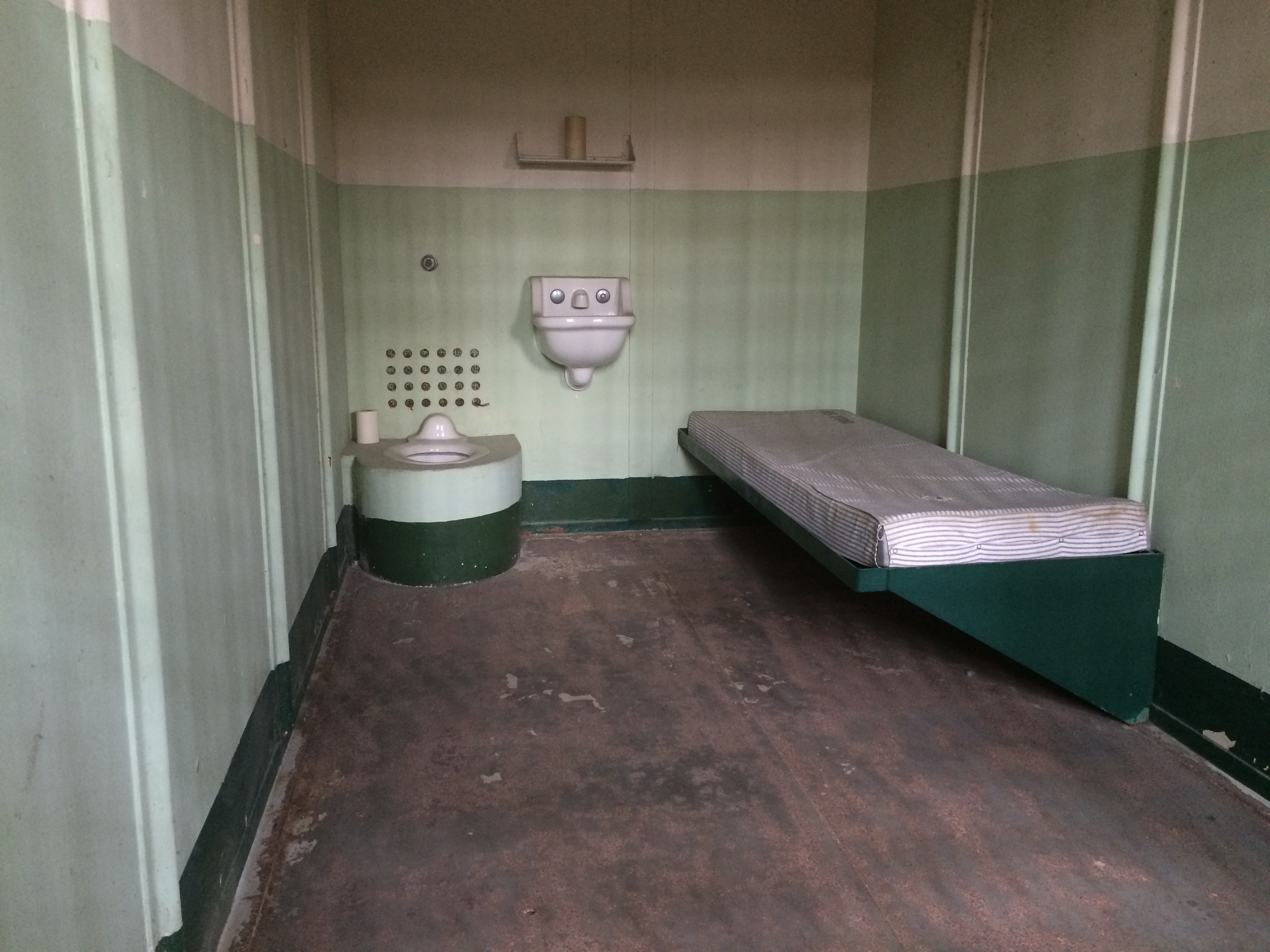
Your 11AM Zedlines with Max and Jaz
ZEDLINES, MONDAY 2 DECEMBER 2025, 10AM
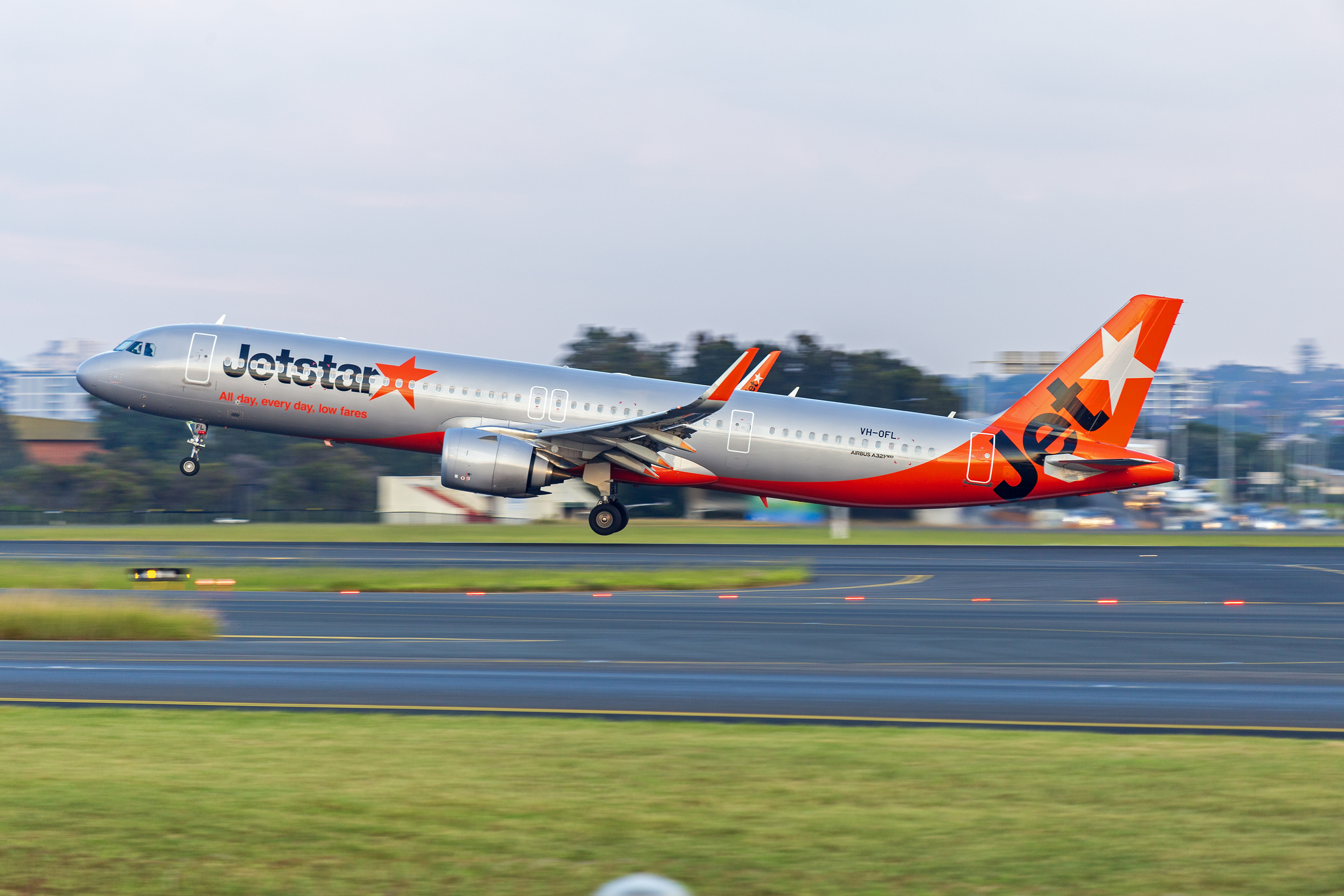
Your 10AM Zedlines with Max and Jaz
ZEDLINES, MONDAY 2 DECEMBER 2025, 9AM

Your 9AM Zedlines with Max and Jaz
ZEDLINES, MONDAY 2 DECEMBER 2025, 8AM

Your 8AM Zedlines with Max and Jaz
ZEDLINES, MONDAY 1 DECEMBER 2025, 9AM
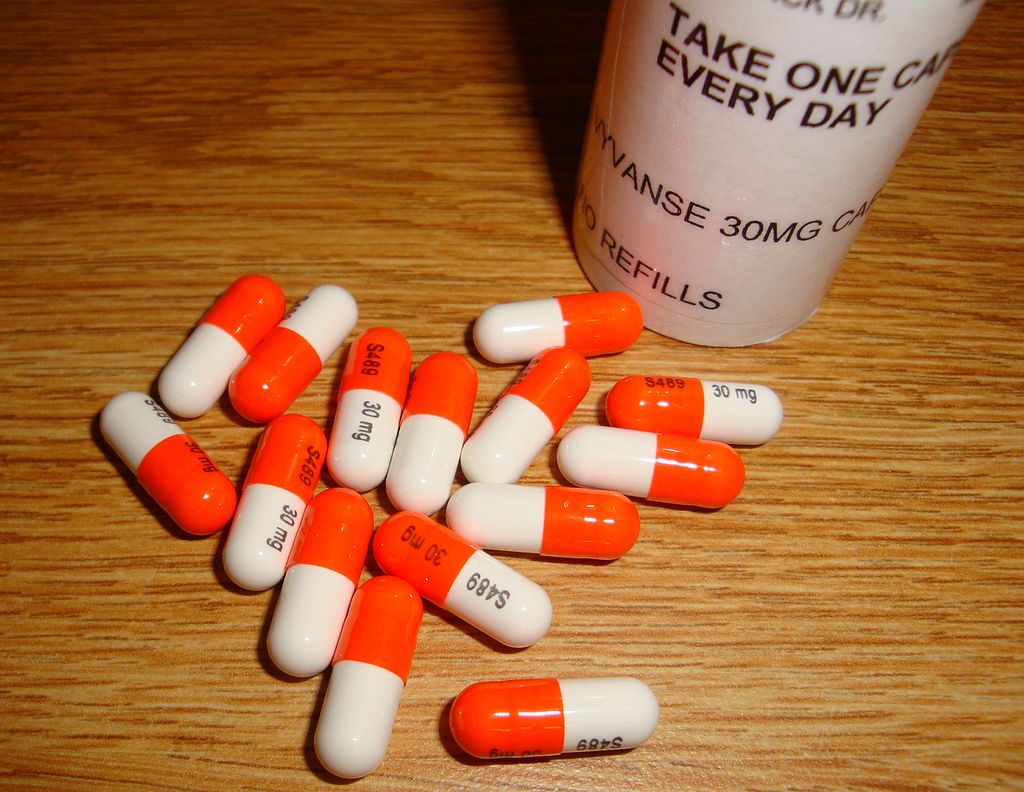
Your 9AM Zedlines with Eve, Ruby and Olive
ZEDLINES, FRIDAY NOVEMBER 2025, 11AM

Your 11AM Zedlines with Toby and Izzy
ZEDLINES, FRIDAY NOVEMBER 2025, 10AM
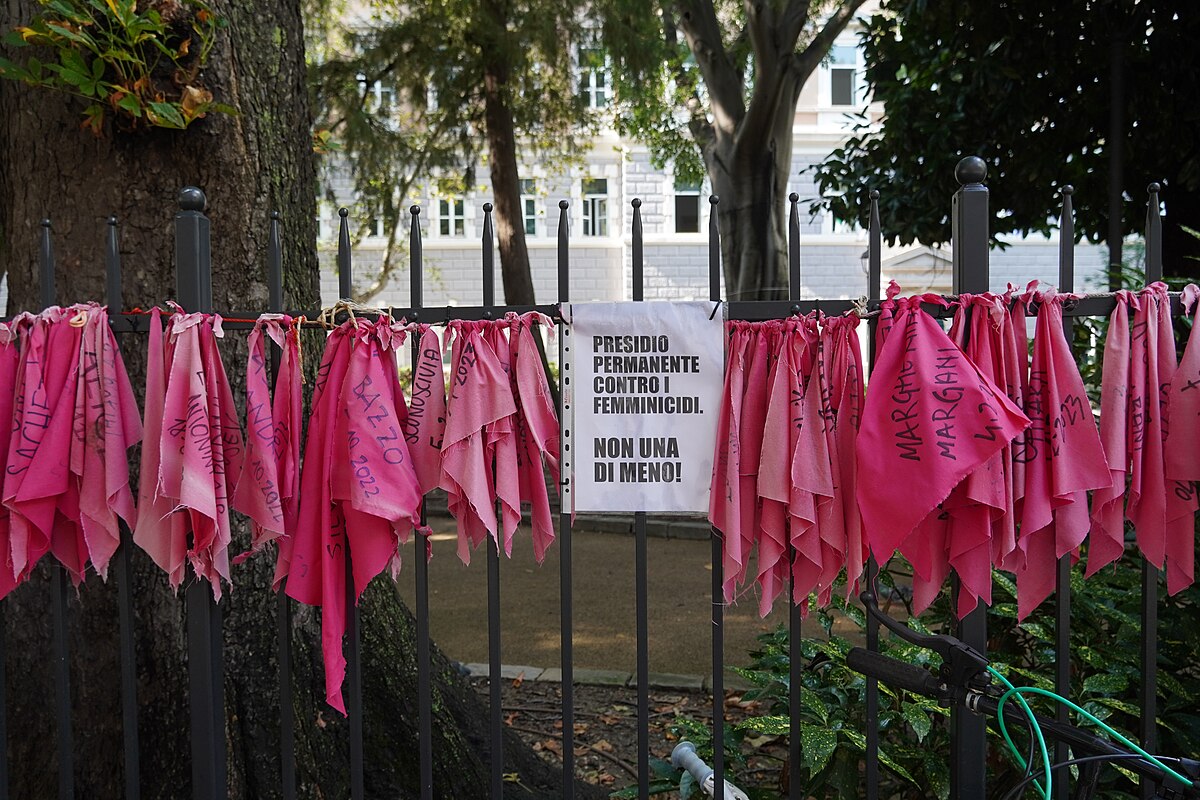
Your 10AM Zedlines with Izzy and Toby
ZEDLINES, FRIDAY NOVEMBER 2025, 9AM
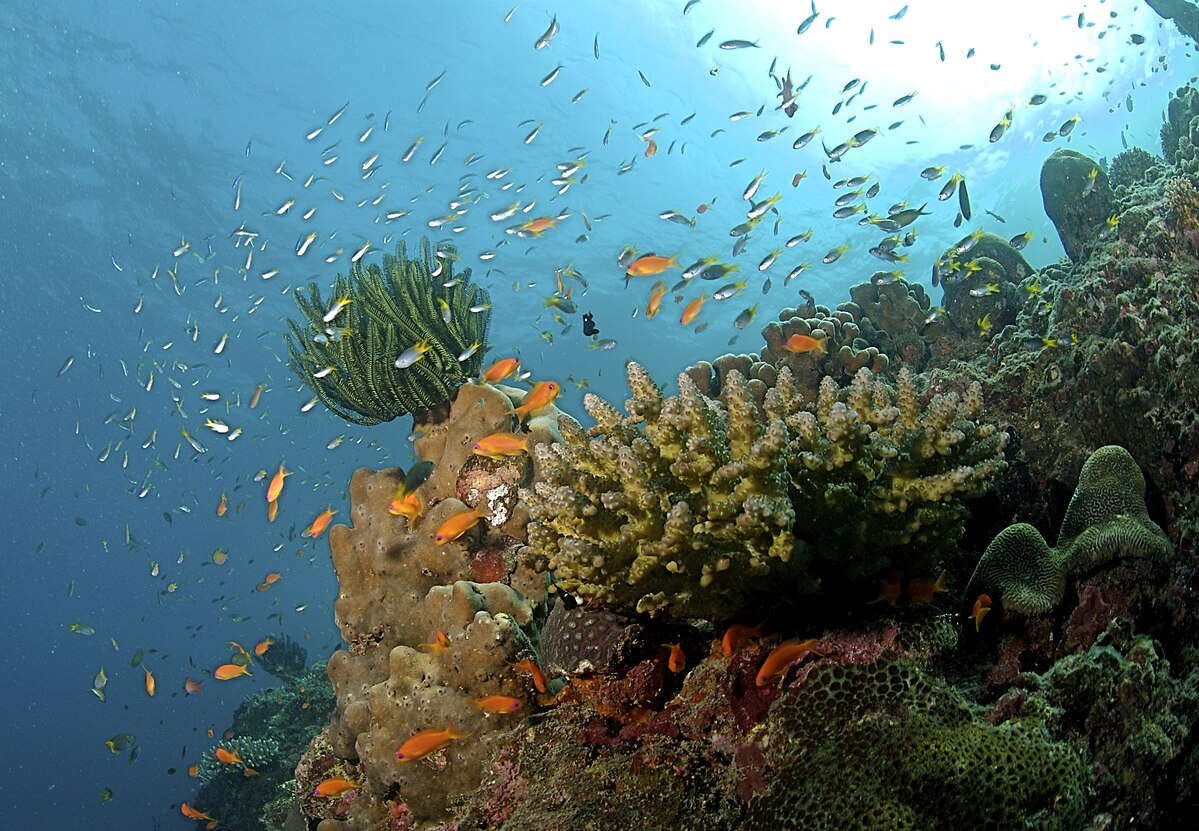
Your 10AM Zedlines with Izzy and Toby
ZEDLINES, FRIDAY NOVEMBER 2025, 8AM
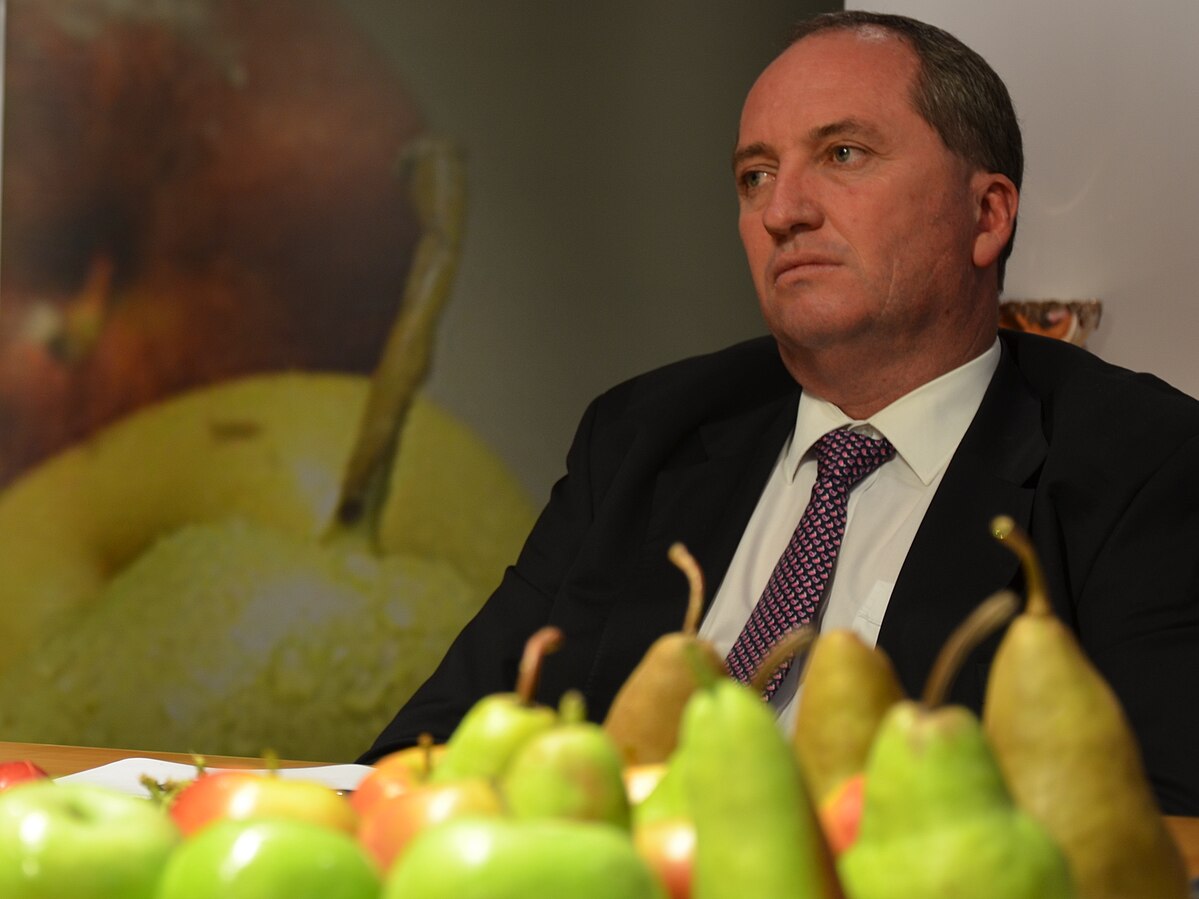
Your 8AM Zedlines with Izzy and Toby
ZEDLINES, THURSDAY 27 NOVEMBER 2025, 11AM

Your 11AM Zedlines with Naureen and Deana
ZEDLINES, THURSDAY 27 NOVEMBER 2025, 10AM
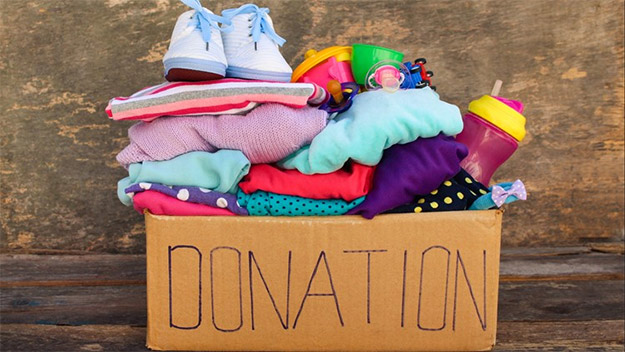
Your 10AM Zedlines with Naureen and Deana





